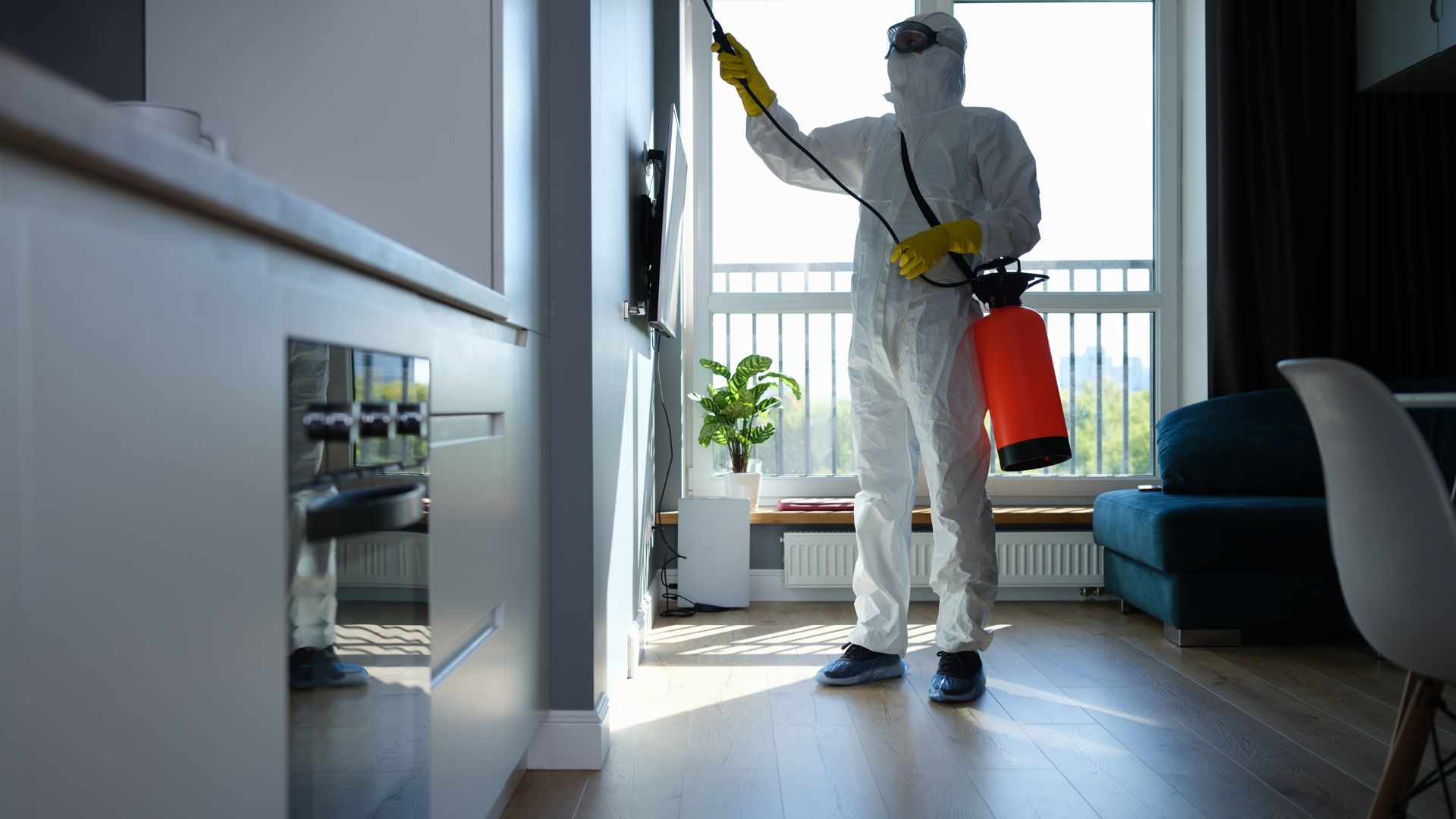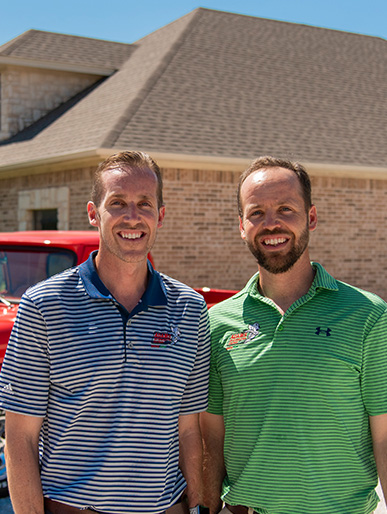
Signs Your Home Is Infested With Carpenter Ants
Signs of carpenter ants in your house
There are some things in life that are obvious. If your wallpaper is peeling off, it's obvious it needs replacing. If your toilet suddenly refuses to flush, it's obvious it needs to be repaired. And if you start hearing scampering, scratching noises inside your walls, it's obvious you have mice and need to do something about them. But some things in life aren't so obvious. Carpenter ants silently eating away at the inside of your walls are one of those things.
Call now at (940) 239-9786 or fill out a contact form for Carpenter ant control.
Are You Aware Of Carpenter Ant Destruction?
Most homeowners in our Texas service area are aware of the dangers of having termites. But fewer homeowners are aware that carpenter ants can cause similar destruction if given enough time to grow their populations. It is important to be able to recognize the signs of a carpenter ant infestation, so it can be stopped before too much damage has been done.
Warning Signs Of Carpenter Ant Damage
If carpenter ants have invaded your structure, there are several clues that may be apparent. Some of these clues may be obvious, others may be hidden.
- The appearance of large black ants inside your living spaces. While termite workers always remain hidden, carpenter ants will often send out a few scouts in search of food. Worker carpenter ants are around 13 mm long, are black to brownish in color and they have one node between their thorax and abdomen. If you see 1 or 2 of these large black ants inside your home, it is possible there are hundreds, or even thousands, just out of sight inside your walls.
- The appearance of frass. Frass, often referred to as sawdust, may start accumulating in certain areas of your home, underneath where carpenter ants are digging through your walls. This may pile up on walls or on the floor. But this frass is often hidden in places where you will not see it, such as inside wall voids or in crawl spaces.
- Large "flying ants." Carpenter ant winged reproductives, also called alates or "flying ants" may be seen for very brief periods of time, typically in spring or fall. These are ants sent out from a mature colony to begin new colonies when the original colony has matured. They will appear only for around half an hour before finding a mate and disappearing inside a new area of infestation. They may also be found under mulch or other wood products in a yard.
- Shed wings. If you miss the actual flying ants, you may still see their wings, as they shed these wings before disappearing again. These wings may be seen in places such as on windowsills and basement walls.


Why Choose Adams Exterminating?
-
Trained Entomologists & Service TechniciansOur team brings a deep understanding of insect biology and behavior to create targeted pest control strategies. We're equipped with the latest techniques and technologies to effectively eliminate pests.
-
Customized Plans for Every BudgetRecognizing that each space is different, we customize pest control services for every home or business. Our approach involves targeted solutions, addressing specific needs for your environment.
-
Trusted in the Community Since 1947With a legacy dating back to 1947, our pest control company brings decades of experience with a proven track record to keep your space critter-free.
-
Locally Owned & OperatedAs a locally owned business with offices in both Denton and Lewisville, we are rooted in the community and dedicated to serving our neighbors with personalized service.


